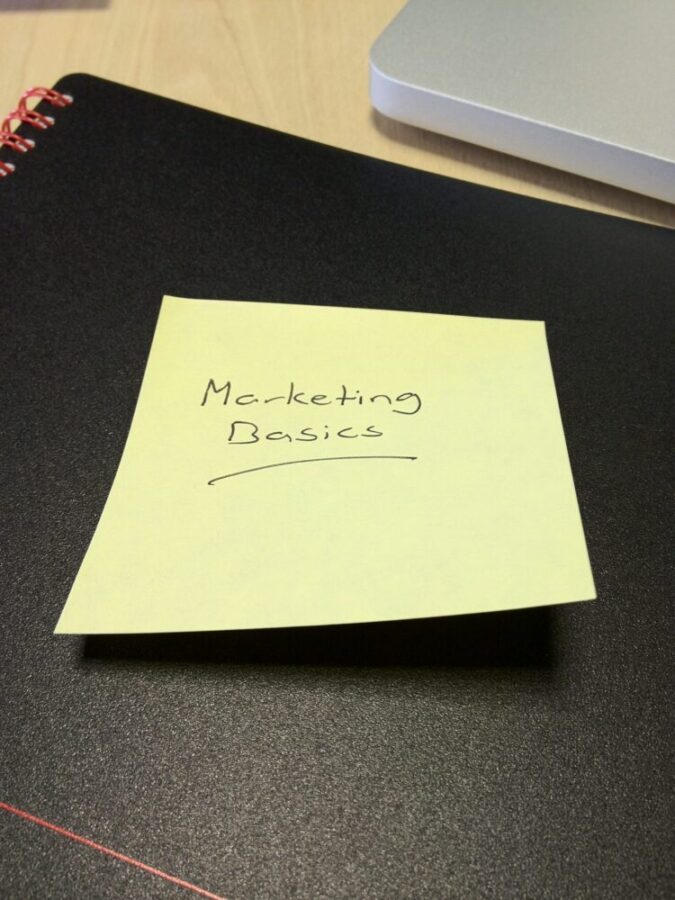How does your marketing affect your buyers’ journey?
April 23, 2021

As more businesses find their post-lockdown feet, consumers and businesses will once again be faced with the decision of where to spend their money.
This not only applies to everyday ‘quick buying’ decisions, like new small household goods or clothes, but to business purchases such as marketing services, software or other types of support for your organisation.
And this is where marketing plays a huge role. Karen McNulty, Operations Director at Peterborough-based PR and digital marketing specialists Media Matters, has some advice.
“Some decisions may take longer than others – purchasing a kettle or new pair of jeans will likely be substantially quicker than purchasing a car, holiday and even a new house. The same is true when someone is making a purchasing decision in a professional manner.
“So, understanding the buyer journey and what leads them to make their final choices is key – and this consists of three stages; awareness, consideration and decision.
“As a consumer or potential client/customer moves further along the buying process, it’s likely they’ll narrow down the number of products or services they are considering. At each phase they will do more research into their options, looking deeper at how the potential product or service fits their needs or solves their problems.”
Here’s how using specific types of content at each stage of the buyer journey can maximise exposure and help turn interest into a lead:
Awareness
The awareness stage of the buyer’s journey involves them realising they are experiencing a problem or need but not having all the information or knowledge to understand exactly what that need is.
For your marketing, think about how best to get your professional point across, using tools like blogs, social media campaigns, infographics or leadership articles on your website – actions that can inform, educate and problem solve.
Once you have the customers engaged, it is time to ensure they have all the relevant facts to help them through what is effectively the ‘window shopping’ stage.
Visiting websites, reading reviews, doing in-depth product research and weighing up each product or service’s USPs will be key areas.
Consideration
The type of content you might choose to put in front of prospective customers in the consideration stage of the buyer journey could include newsletters with company updates, industry news and exclusive offers or discounts, online or offline promotional or networking events, webinars and community forums.
Decision
By the decision stage, the buyer will have already narrowed down their solution options and have a pretty good idea of the product or service they need to overcome their problem or help them achieve their goal.
At this stage, most buyers will be looking for the best solution, within their budget, usually making a list of pros and cons of each offering within their final category choices.
Marketing departments can help address these questions with a range of supporting content which sets you apart from your competitors, including; product/service checklists, price guides, case studies / testimonials, reviews or online demos.
Getting the touch points right when it comes to the buyer journey is key to successfully converting leads.